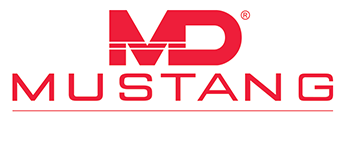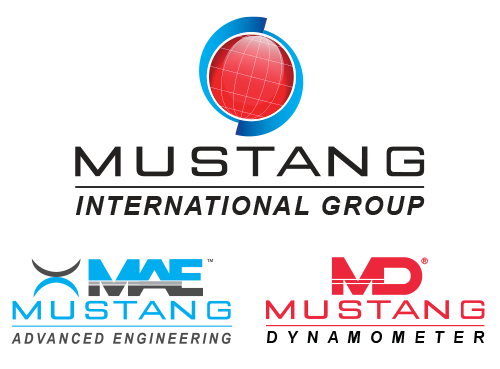The Bourns College of Engineering – Center for Environmental Research and Technology (CE-CERT) at The University of California Riverside has recently installed a heavy-duty tandem axle truck chassis dynamometer in the facility’s research area. Designed and manufactured by Mustang Advanced Engineering, the development of this chassis dynamometer design was based on targeting vehicles in the medium to heavy-duty diesel vehicle range. Heavy-duty applications that can be tested at the facility include on-highway trucks, buses, waste haulers, yard tractors, and more – under test conditions representative of their specific in-use operations. The facility couples the new heavy-duty chassis dynamometer from Mustang Advanced Engineering with CE-CERT’s Mobile Emissions Laboratory (MEL), to perform precise vehicle simulation and in-operation emissions measurements. The first research conducted on the new facility will be a comparison of federally mandated diesel fuel formulas versus the stricter formulation required in California. The program calls for 10 heavy-duty trucks to be tested with several different fuels. The new dynamometer will simulate on-road driving conditions for any big rig using its 48″ precision rollers with dual, direct connected, 300 horsepower motors attached to each roll set. The dynamometer applies the appropriate loading to a vehicle to simulate factors such as the friction of the roadway and wind resistance that it would experience under typical driving conditions. An additional large inertia weight was incorporated into the dynamometer to increase the base mechanical inertia and enable the dynamometer to provide precise on-road simulation for a wide range of vehicle weights. The driver accelerates and decelerates according to a driving trace which specifies the speed and time over a wide range of vehicle simulation cycles. As the on-road driving conditions are being simulated on the dynamometer, emissions measurements will be collected with CE-CERT’s Mobile Emissions Laboratory (MEL). “This adds new capabilities in California that are only available at a limited number of facilities around the country,” said Tom Durbin, who with J. Wayne Miller, are the principle investigators for the project. At both the state and federal levels, scientific requirements for emissions testing are trending away from steady state engine testing in favor of transient conditions found in typical driving, Durbin explained. “This addition will significantly expand our laboratory and measurement capabilities and help us continue our role as leading experts in the field of emissions research,” said CE-CERT Director Matthew Barth. CE-CERT’s new heavy-duty chassis dynamometer will allow the testing of a variety of heavy vehicles under loaded and transient in-use conditions with corresponding emissions measurements. The dynamometer configuration is capable of meeting the inertia simulation range requirements of 10,000 to 80,000 lb for each of the cycles listed below. This includes acceleration rates up-to 6 mph/sec, as found in the UDDS Section D Drive Schedule and deceleration rates of up to 7 mph/sec as required for the WHM Refuse Drive Schedule. The dynamometer can also provide a load in excess of 600 HP @ 70 mph. The dynamometer also has the ability to continuously handle 200 Hp @ 15 mph for applications such as yard tractors. The Dynamometer system is designed to meet the Heavy Duty Drive Schedules for diesel trucks in the weight range of 10,000 to 80,000 lb with acceleration rates for the following cycles:
- CARB HHDDT Cruise Mode Drive Schedule
- UDDS (Urban Dynamometer Drive Schedule)
- CARB 50 mph HHDDT Cruise Cycle
- HHDDT Transient Mode Drive Schedule
- WHM Refuse Drive Schedule
- Bus cycles such as, the CBD, OC Bus cycle, NY bus cycle
- In-use cycles for applications such as yard tractors
“As part of our strategic plan, Mustang has developed a cost effective series of diesel, petroleum and hybrid certification grade dynamometer systems to address the needs of the global emissions and R&D market. There is a clear and present demand for a full performance cost effective dynamometer systems that offer all of the capabilities and confidence of a certification system at a price point that makes it no longer cost-prohibitive for organization to perform critical emissions studies, hybrid system calibration development, performance evaluation and other cutting edge research technologies. Researchers are in need of dynamometer systems to develop the next generation technologies which mimic the capabilities of the certification requirements, but at a fraction of the cost of a true certification system. That is what we are developing with this series of dynamometers and universities are lining up for them”, said Executive Vice President, Donald Ganzhorn.




